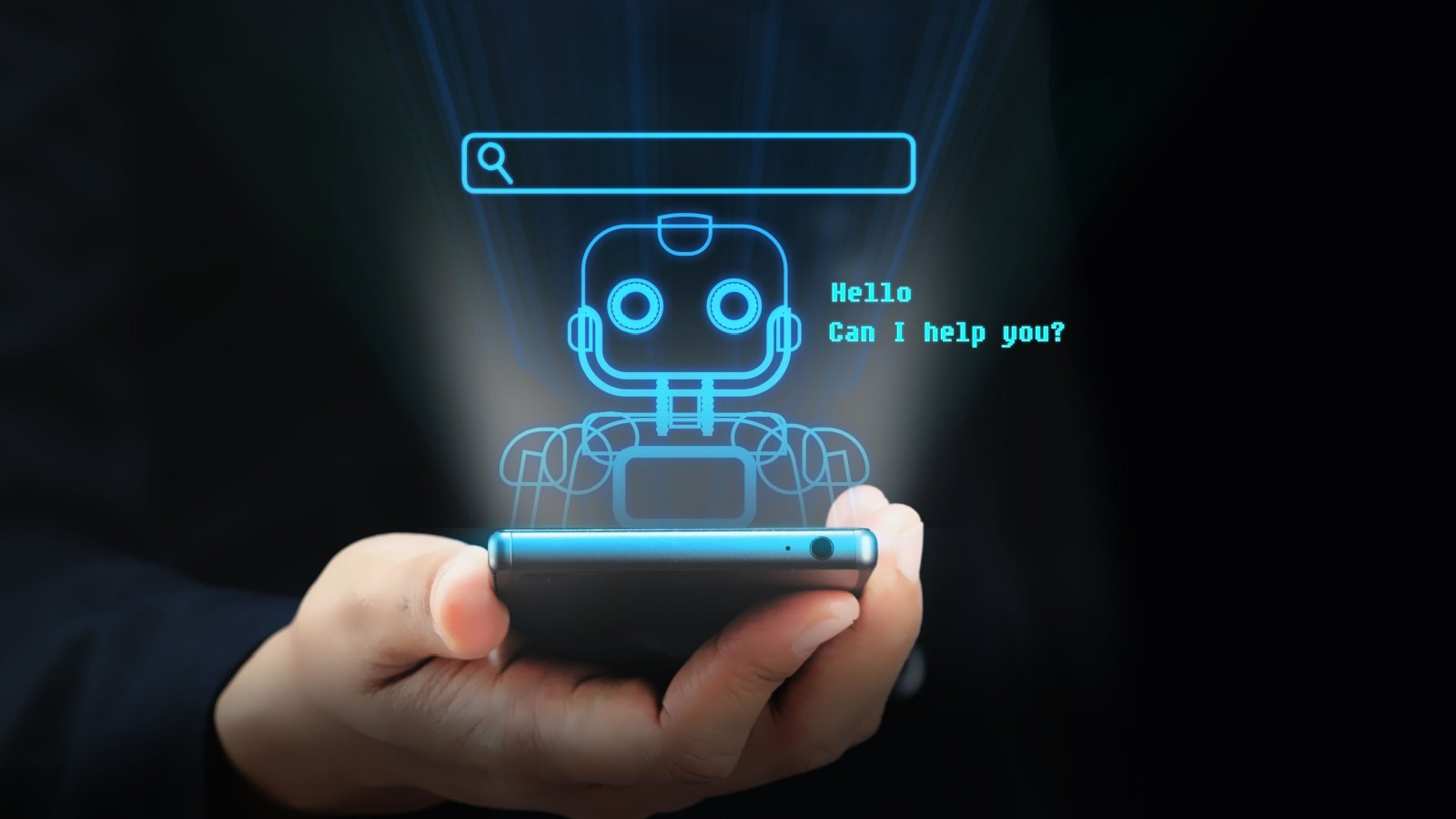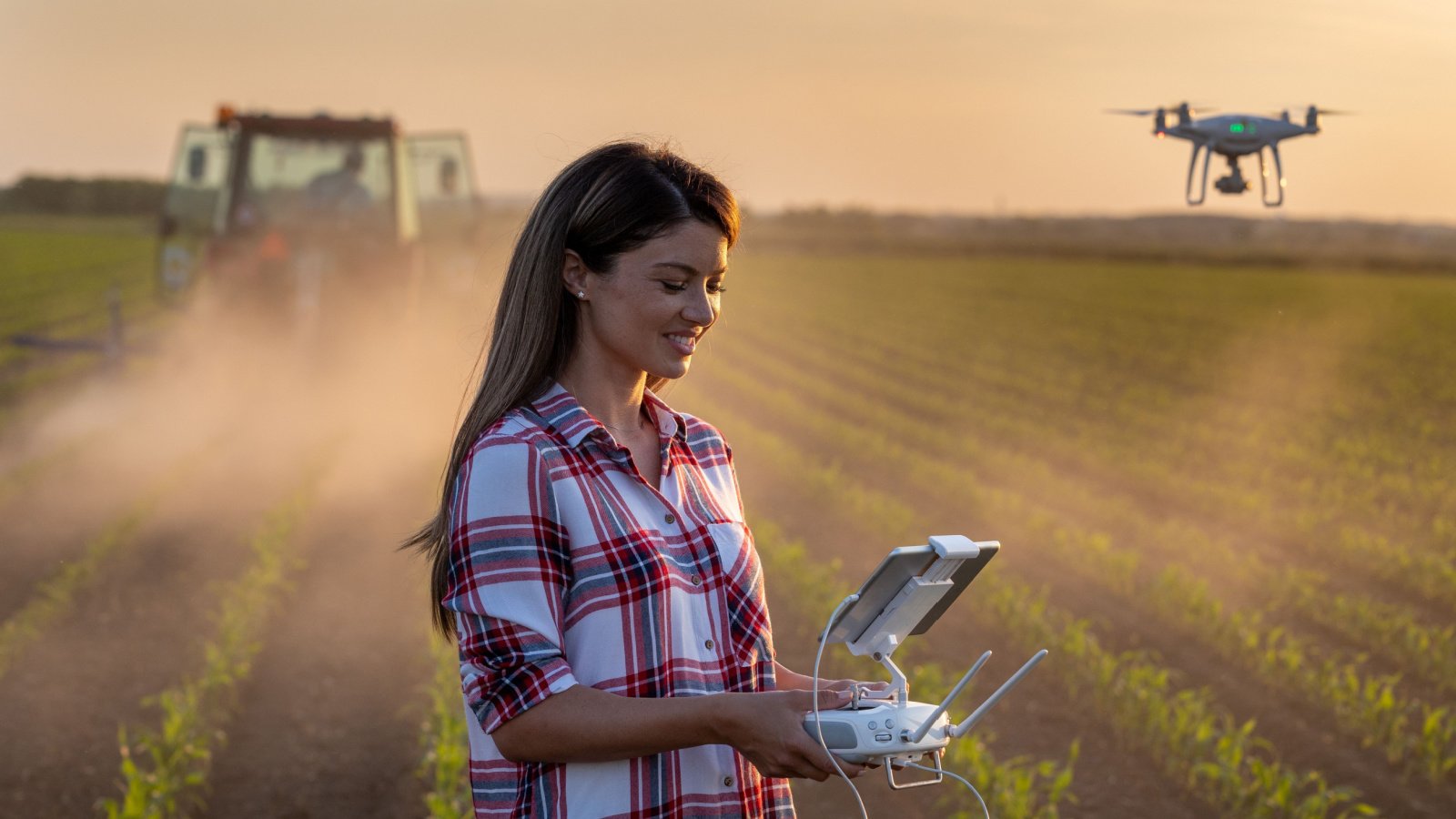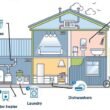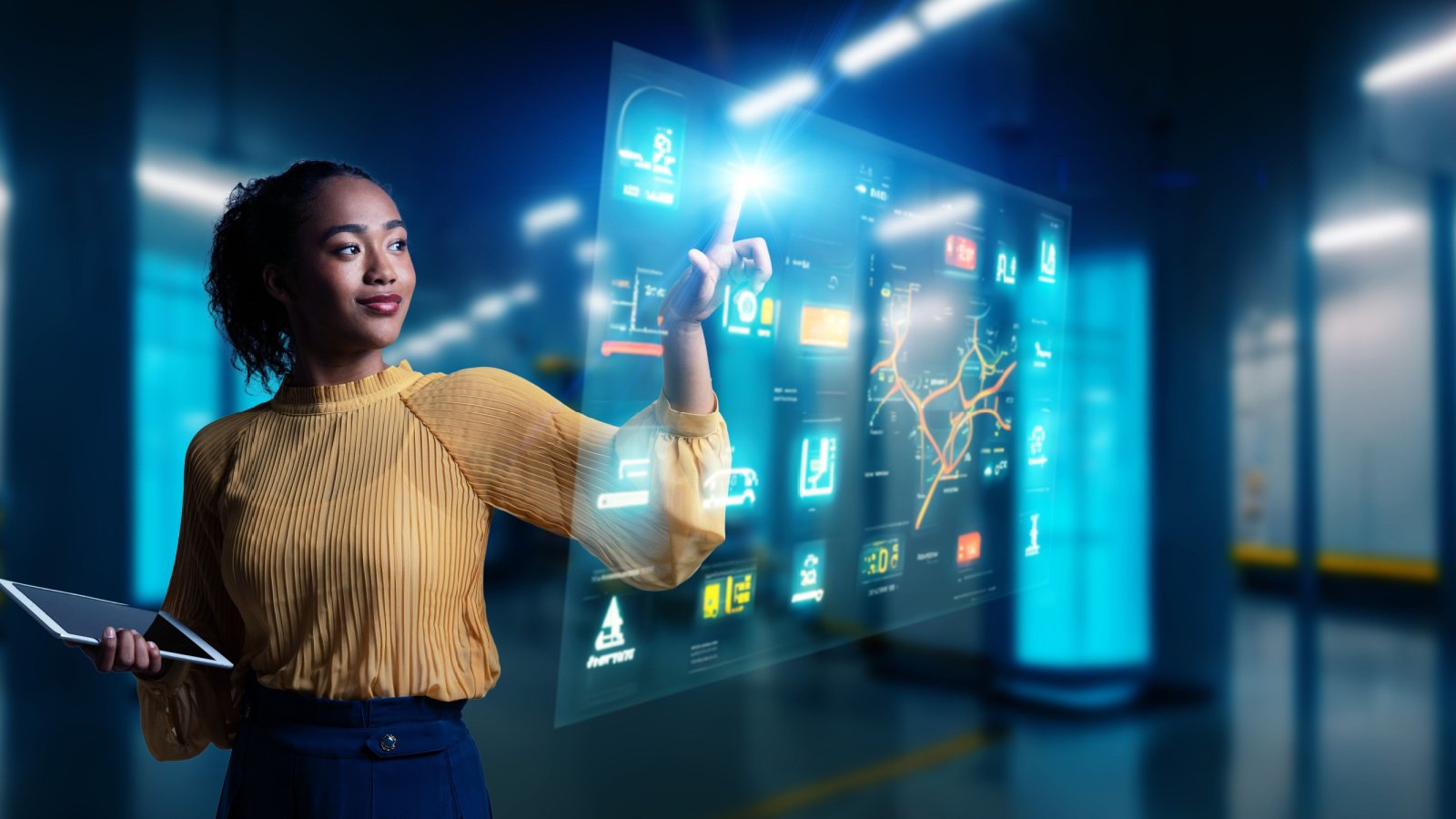In an era where technology and innovation intersect, numerous advancements have dramatically simplified our daily lives. From the palm-sized convenience of smartphones to the transformative impact of online banking to solar panel installation, each innovation has reshaped traditional activities into more efficient and accessible experiences. These changes not only enhance personal convenience but also foster broader societal progress by making essential services available to a wider audience. As we explore these advancements, it’s clear that the landscape of everyday life is continually evolving, driven by the relentless pursuit of improvement and accessibility.
Smartphones

Smartphones have revolutionized the way we communicate, access information, and manage our daily lives. These devices serve as pocket-sized computers, cameras, and navigational aids, all rolled into one. Their widespread adoption has made global connectivity and instant access to information a norm, enhancing personal and professional productivity.
Online Banking

Online banking has transformed financial transactions by making them instant and accessible from anywhere with Internet access. This convenience allows people to manage their accounts, pay bills, and transfer money without ever visiting a bank. It not only saves time but also provides tools for better financial management.
E-commerce

E-commerce platforms have simplified the shopping experience, enabling people to purchase almost anything from the comfort of their homes. The ability to compare prices, read reviews, and have goods delivered directly to your door has redefined consumer convenience. This progress has opened global markets, benefiting both consumers and sellers.
Ridesharing Apps

Ridesharing apps like Uber and Lyft have made transportation more accessible and often more affordable than traditional taxis. These services provide a reliable means of transport with the convenience of mobile app booking and route tracking. They’ve also offered flexible employment opportunities for many drivers.
Streaming Services

Streaming services have changed how we consume media, from music and films to TV shows and podcasts. With content available on-demand, the need for physical media or television schedules has diminished. This shift has provided unprecedented access to entertainment and information.
Telemedicine

Telemedicine has made healthcare more accessible, especially in remote areas or for those with mobility issues. Patients can consult with doctors via video calls, receive prescriptions, and manage chronic conditions without the need for frequent in-person visits. This innovation has been particularly crucial during health crises like the COVID-19 pandemic.
Remote Work Technology

Advancements in remote work technologies have facilitated a more flexible work environment, allowing people to work effectively from anywhere. Tools like video conferencing, cloud computing, and real-time collaboration apps have made this possible. These technologies help balance work-life dynamics and reduce commuting stress.
Digital Education Platforms

Digital education platforms have democratized access to education by providing learning resources across the globe. Students can access courses from top universities or acquire new skills through platforms like Coursera, Khan Academy, and more. This shift has particularly benefited those in areas with limited educational facilities.
Renewable Energy Technologies

Advances in renewable energy technologies have made sustainable energy options more viable and affordable. Solar panels and wind turbines have become more efficient, reducing reliance on fossil fuels and lowering greenhouse gas emissions. This progress is crucial for combating climate change and promoting environmental sustainability.
Public Wi-Fi

The expansion of public Wi-Fi networks has facilitated continuous internet access in urban centers, parks, and public transport. This connectivity supports both social and economic activities, enabling people to work, navigate, or communicate on the go. Free public Wi-Fi also helps bridge the digital divide for low-income individuals.
GPS Navigation

GPS technology has simplified navigation, eliminating the need for physical maps and reducing the chances of getting lost. This tool is invaluable for driving, hiking, and managing logistics, improving efficiency and safety for everyone. GPS has become fundamental in numerous fields, including emergency response and mobile app development.
Voice-Activated Assistants

Voice-activated assistants like Amazon’s Alexa, Google Assistant, and Apple’s Siri have made controlling smart homes and accessing information hands-free and instantaneous. These devices can perform a variety of functions, from setting reminders to controlling lights and thermostats, simplifying daily tasks. This technology is particularly helpful for those with mobility or visual impairments.
Mobile Payment Systems

Mobile payment systems like Apple Pay, Google Wallet, and Samsung Pay have simplified transactions by allowing users to pay with their smartphones. This method is often more secure than carrying cash or cards, featuring advanced encryption and biometric security. The convenience and safety of mobile payments have accelerated their adoption worldwide.Additionally, platforms like RemitFinder help users compare various providers to find the best exchange rate to send money from the USA to Philippines or any other country, further enhancing the ease and efficiency of managing global financial transactions.
Automatic Language Translation

Advances in automatic language translation have broken down communication barriers, making it easier for people from different linguistic backgrounds to connect. Tools like Google Translate support real-time, on-the-fly translation of text and speech, which is invaluable for travel, international business, and multicultural communication. This technology fosters global collaboration and understanding.
Wearable Health Devices

Wearable health devices like fitness trackers and smartwatches help individuals monitor their health metrics such as heart rate, sleep quality, and physical activity. These devices empower people to take charge of their health and make informed decisions. The data collected can also assist healthcare providers in tracking patient health trends over time.
Home Automation Systems

Home automation systems integrate various household functions—lighting, heating, security—into one controllable interface, often accessible via smartphones. This integration enhances home security, energy efficiency, and convenience. Elderly or disabled individuals benefit significantly from being able to control their environment effortlessly.
Electric Vehicles

The development of electric vehicles (EVs) has made eco-friendly transportation more accessible. Besides reducing emissions, EVs offer lower operating costs compared to traditional gasoline vehicles. The growing network of charging stations continues to enhance their practicality for everyday use.
Digital Libraries and Archives

Digital libraries and archives make vast amounts of information and historical documents accessible to the public without the need to visit in person. Researchers, students, and the curious can access rare books, manuscripts, and other resources from anywhere, facilitating education and preservation of knowledge. This access is invaluable for academic and personal research.
Food Delivery Apps

Food delivery apps have revolutionized the way we access and enjoy various cuisines. With just a few clicks, users can have meals delivered to their doorstep from local and chain restaurants. This convenience is especially beneficial for busy individuals, the elderly, or those recovering from illness.
Smart Farming Techniques

Smart farming techniques, which incorporate IoT sensors and drones, optimize agriculture by monitoring crop health, soil quality, and water usage in real-time. These technologies increase agricultural efficiency and production, reducing waste and environmental impact. Farmers can achieve higher yields and better manage their resources with precision agriculture.
Contactless Biometrics

Contactless biometrics such as facial recognition and iris scanning enhance security while providing a seamless verification process. These technologies are used in various security-sensitive settings, from airports to smartphones, offering a balance of convenience and protection. As privacy concerns rise, advancements in secure, contactless biometric systems are increasingly important.








